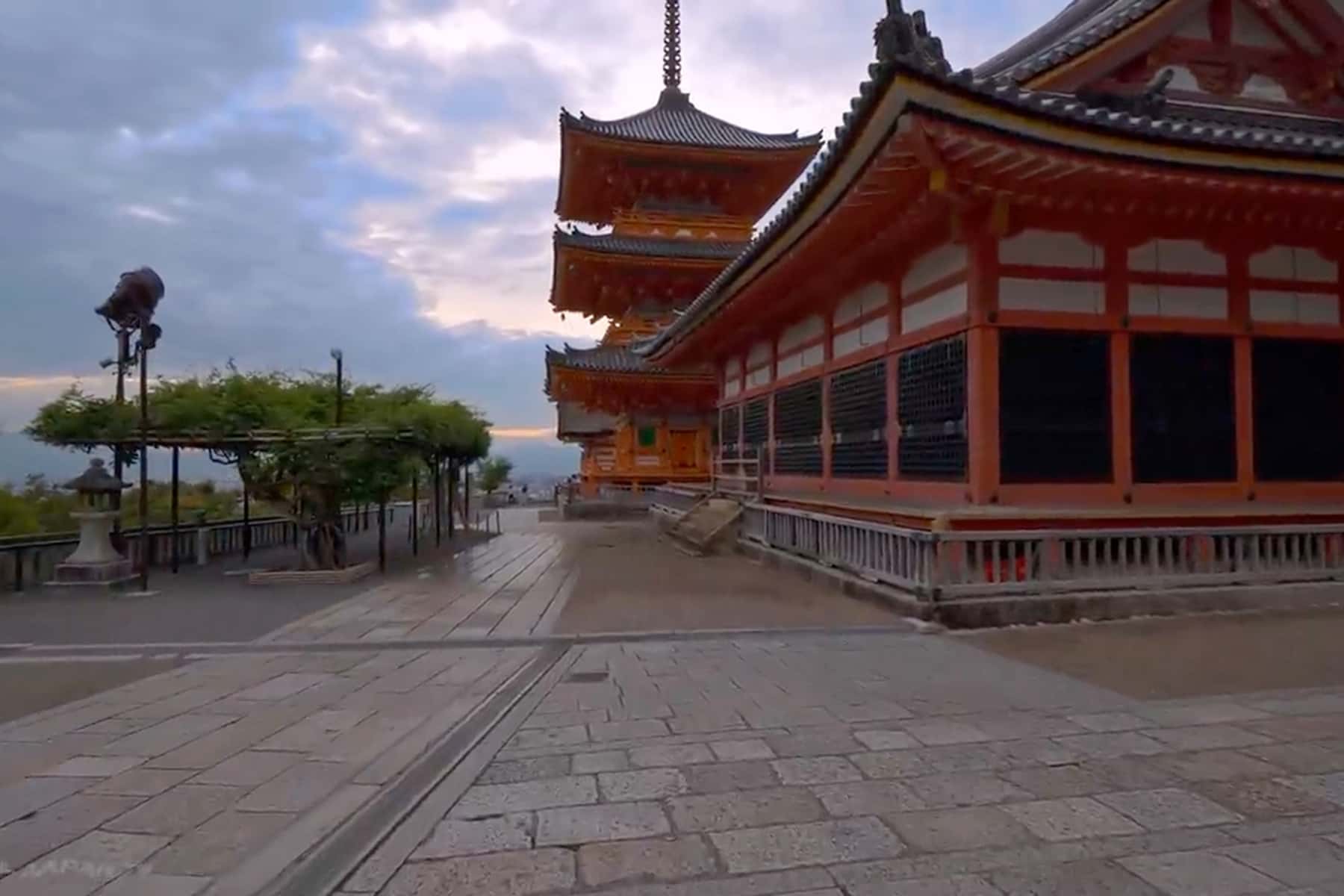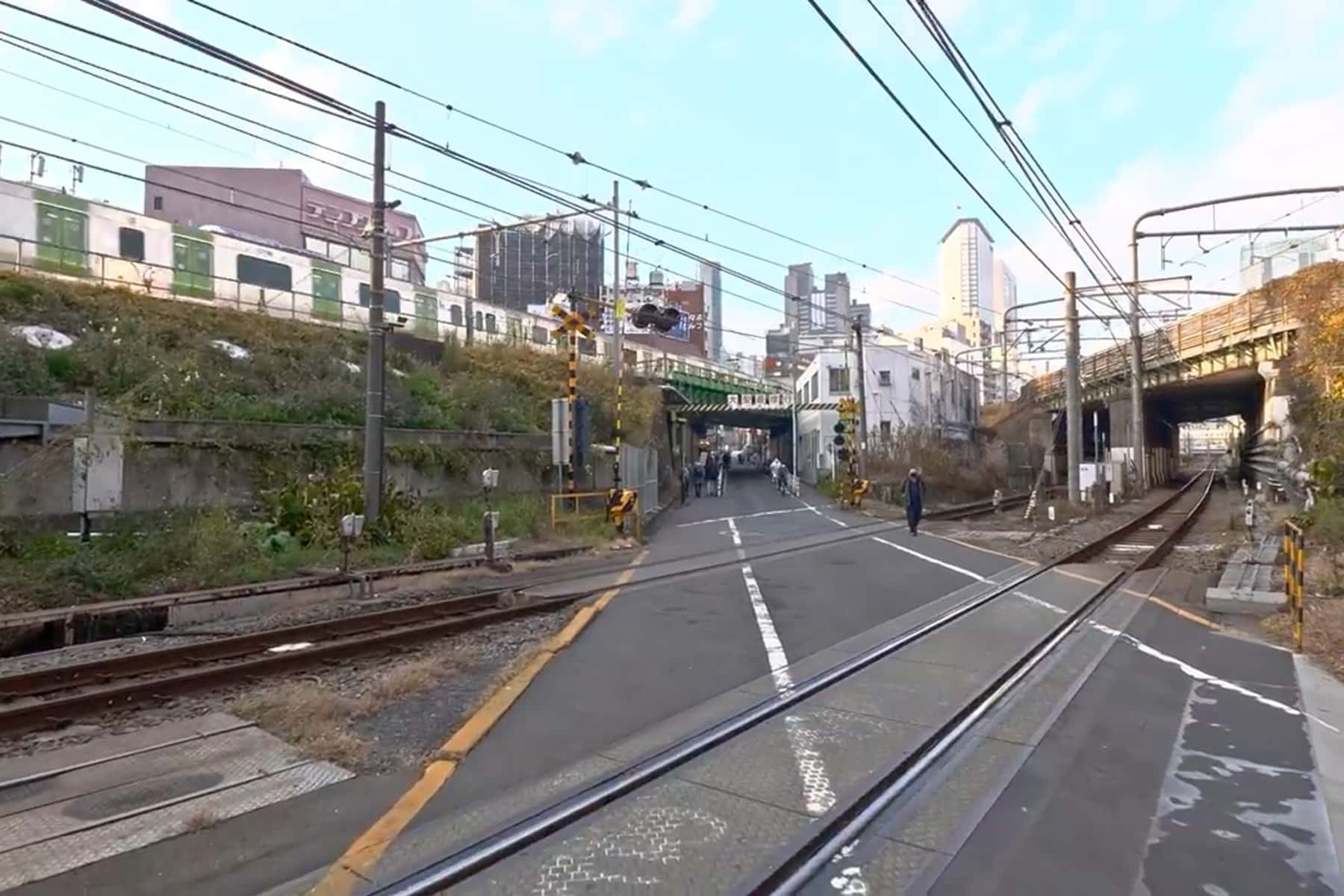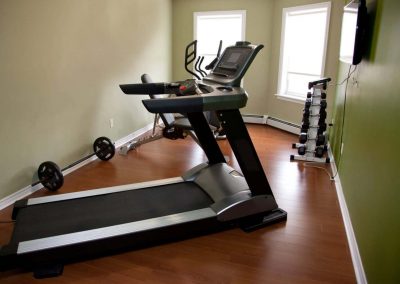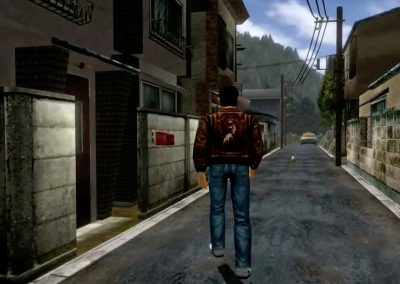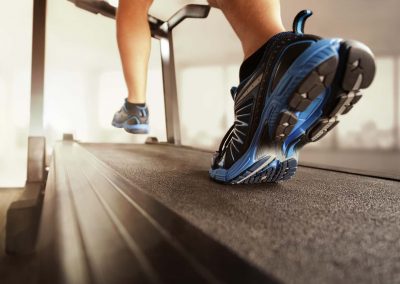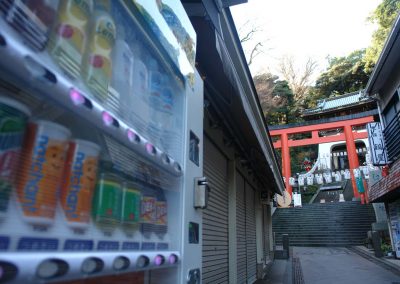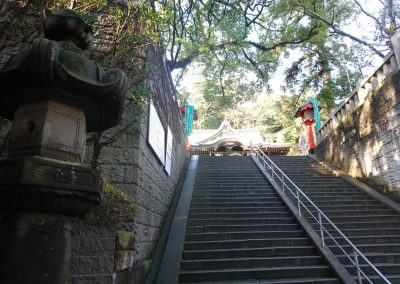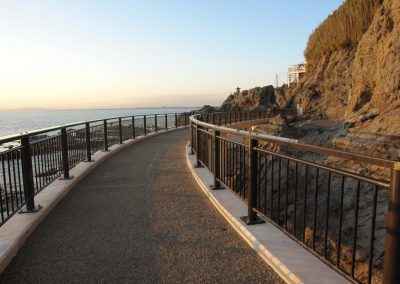
There is no shortage of professionally written articles about exercise and how to stay healthy, especially during the isolation of the pandemic. And like any hobby or interest, applying that knowledge to daily life – especially in Milwaukee during the winter – is a process of trial and error that rarely works as advertised.
As a photojournalist who has lived in downtown Milwaukee for years, I have walked miles each day to get to news events and then take pictures at those location. In preparation for the physical requirements of covering the DNC (Democratic National Convention) for week, before those plans were upended by the pandemic, I began a treadmill workout in September of 2019.
The goal then was to get into better shape by increasing my endurance, because walking to and around the Fiserv Forum each day would require hours of walking. My building had a nice gym that I never took advantage of. So I went downstairs twice a day – in the early morning and late at night – and would walk at least 3 miles in an hour each time. It was a welcomed routine that I did religiously for months, on top of the walking that my work required.
It was nice regimen that allowed me unplug from the world for two hours a day and not monitor the news. But I still needed video content to capture my attention and keep me motivated during the workouts. I filled the time with streaming TV series that I had missed while living overseas, and new boxsets as soon as they were offered by Netflix or Amazon Prime, from Six Feet Under to The Dark Crystal: Age of Resistance, Stranger Things, Russian Doll, Star Trek Discovery, Game of Thrones, The Office, Parks and Recreation, Carnival Row, Orphan Black, Altered Carbon, and many more.
As part of my original treadmill workout, I had been using an Apple Watch and Fitness app to track my daily progress. I also had gotten a WiFi floor scale to record my weight loss and used an iPhone to monitor my health. I had built a workout routine over time to be sustainable – with gear to support the effort, because I knew from experience that it was easy to start an exercise program and then just as quickly to quit it.
Walking has been my biggest mode of transportation since I was a kid. Walking got me to where I needed to go, and the idea of a treadmill inside had always seemed silly since I was outside all the time. But as I got older I understood why a treadmill was practical and it eventually made sense to support my exercise needs. Obviously, a treadmill provided a predictable routine that was not affected by weather or location, and it kept me physically active during a pandemic that increasingly had restricted my outdoor activities.
As I consumed many TV series over six months, finding creative content to enjoy became harder. New movies offered maybe a day of my attention, but TV shows with multiple seasons provided a plot line that could stretch for a week or more. Then the pandemic hit and like all public gyms, the workout room in my building was closed. Not long after, George Floyd was killed and I was assigned to photograph Milwaukee’s Black Lives Matter marches and demonstrations for months over the summer.
I was happy for a break from exercising inside, but that period was physically and emotionally exhausting. My building’s gym had reopened, but was restricted to appointments only as a way to limit human contact while the pandemic spread across Wisconsin. It was not a situation that I personally felt comfortable with, so by the fall of 2020 my exercise routine was limited to when I worked outside.
As deaths from the pandemic dramatically increased and my photo assignments dried up in proportion to the danger, I then decided to invest in a slim and compact treadmill. It took a bit of research to find an affordable style that would fit in the limited space of where I live and still offer good features.
I was encourage when Apple released its fitness program in late 2020, with workout videos that could be watched on an AppleTV, iPhone, or iPad, and synced to an Apple Watch for displaying the progress. However, I was massively disappointed by the rollout. It may be wonderful for other people, but it did not fit my needs. The longest treadmill video only ran 45 minutes, and the program only had two versions at that length. It offered several more with smaller time durations, but two half hour workouts were not designed to be stacked together back-to-back.
My building’s gym had a TV, but I always brought my iPad – which rested nicely on the treadmill display area – to watch programs. In my room, I could use my flatscreen and control it through my AppleTV. The Apple fitness program displayed my workout stats on the screen while I walked, which meant I did not have to look at any other devise for updates on time or distance. But with so few workouts to watch every day, the experience was mind numbing. Plus, I would have to fill the gap in time with music.
Anyone who has ever worked out knows how important a routine is, and the home stretch of the exercise program is when my brain is already more willing to give up and quit the workout early. The last thing I wanted to do was flip around for content. So I went back to binging TV shows, but I was starving for content I had not already watched a million times. I was so desperate over the Christmas holidays for something new that I broke down and got HBO Max for a month, so I could watch Wonder Woman 1984 and Ridley Scott’s Raised by Wolves.
The Big Bang Theory came out in 2007 while I was living overseas, and I did not have access to watch it. Some TV series would release a full season on DVD a year or two later, so I could somewhat catch up on shows of interest – but it was hit and miss. The Big Bang Theory had remained out of reach. By the time I returned to America, the show was already well into its 5th season and I felt it was too late to just jump in without catching up on past episodes. But adjusting to life in America took priority and the years passed by. As it turned out, HBO Max had just gotten the exclusive licensing to stream the series, so I watched all 12 years of Sheldon and his friends over a couple weeks of workouts.
Catching up on many shows that I had missed while overseas made me feel a little like Rip Van Winkle at times. And after finishing The Big Bang Theory, I was again left with finding content to keep my brain entertained, to help me pass the time of physical monotony. I tried watching other sitcoms, but when they were painful to watch it made my workout all the more difficult. Watching a badly written program is barely tolerable when sitting in a comfortable chair. When my lungs are aching and feet are blistered, it is added torture.
As I considered how to solve the problem I came across the idea of virtual walks, since so much has been done over Zoom this year. I have seen apps on the AppleTV store that allows a person run or walk on a treadmill, or ride a stationary bike, while watching a similar exercise being done along a beach or trail or even a city street. But those apps were not free, and they did not allow my workout stats to be projected on the screen. Even aside from those issues, the apps were poorly designed and had limited content.
It felt like something that Apple should have created, and it irritated me that they had failed to do so. With people stuck indoors for days or weeks at a time, a virtual workout seemed preferred to watching the same handful of people sweat over and over and over. I do understand that everyone has a different workout habit and preference, but watching workout training videos neither motivates nor entertains me. Watching them twice a day would only slow down my perception of time, instead of helping it to pass faster.
So I jumped on Youtube to see if there were any “treadmill running videos” and found a few to try. In one that was filmed in the summer, an individual jogged along a wet beach and then onto a mountain trail. It was a fun test that kept me focused and entertained. I had no idea where I was going across the landscape, and it provided a plausible simulation that I had escaped from my room. In that test I was only walking on my treadmill, but the faster pace was enjoyable and I lost track of time. Ironically, I did that first test when Milwaukee was hit with several inches of snow.
The experience again made me question why Apple did not package something so simple for its highly touted workout platform. Even if such an idea was in development, it would still be months away and I needed a quicker solution. So I set about to create a very low-tech alternative that I could navigate with minimal effort.
Aside from visiting hundreds of cities in Japan over the years and living there twice, it is an amazing visual venue. The natural wonder combines oceans and mountains, often entangled around densely populated areas that are woven together. Walking for an hour in any direction could cover an amazing collection of cultural sights and geographic terrains. The last time I last lived in Japan I stayed in Kamakura. I would walk through the ancient city for hours every day, taking photos and absorbing its heritage.
Coming of age in the late 1990s exposed me to the revolutionary open-world 3D environment of the Sega Dreamcast game Shenmue. Controlling the main character as he ran through Japanese neighborhoods to look for clues was one of the first virtual experiences for my generation. Even though I had already visited Japan, when I returned to Yokohama after playing the game, my first reaction while walking from the train station was that it felt just like being in Shenmue.
So that was the focus of my video search, and I found an hourlong walkthrough of Enoshima filmed in 4K. While connected by a bridge now, the small island in Fujisawa – adjacent to Kamakura – could originally only be reached during low tide. It was a place that I spent a lot of time exploring, and the simple walkthrough video was as close as I could get to a visit while COVID-19 was killing thousands of people a day.
That video and many others were filmed by individuals who used high resolution video cameras that were steadied by gyroscopic stabilizers. It allowed for smooth movement and not a bumpy wheelbarrow-like ride. As much as I liked Enoshima, watching an hour video of a person walking around it was not something I would ever have spent time doing while sitting in a chair. But, watching it for the hour I am on my treadmill was a perfect fit.
So, I began to compile a playlist of other walking adventures across Japan. I was surprised to find so many filmed during the pandemic, and some even filmed as recently as the same week. They also showed by example that a culture could actually care for the wellbeing of fellow citizens and remain socially robust, while wearing masks to keep everyone safe.
The three main sources of the videos I selected were from Virtual Japan, Tokyo Explorer, and Rambalac. I did reject a good many of what I found, even though they were of locations I really liked, because those videos were more tourist focused or had distracting narrations. They were nice for showing the area, but a visual mismatch for treadmill experience which is really just walking.
The mental health value of the experience offered me a short vacation from the reality of Milwaukee and all the political insanity of America. For a time each day, I could window shop in Harajuku, hike to the remote temples of Mt. Takao, stroll along the ancient streets of Kyoto, visit the hot springs in Nagano, and enjoy the change of seasons across Kamakura.
It is hard enough to get motivated to exercise, let alone stay motivated day-in and day-out with so many of the coronavirus stresses added to life. And Japan is of limited interest as a walking destination for most people in Milwaukee. But this effort serves as an example to find a creative way to get out with no risk of infection – or winter injury. And after a year of finding ways to retain our sanity while stuck indoors, it is not healthy if we have run out of new ideas with perhaps another year of the pandemic yet ahead of us. mkeind.com/JapanWalkVideo
Lee Matz
Virtual Japan, Tokyo Explorer, Rambalac, and Sega

